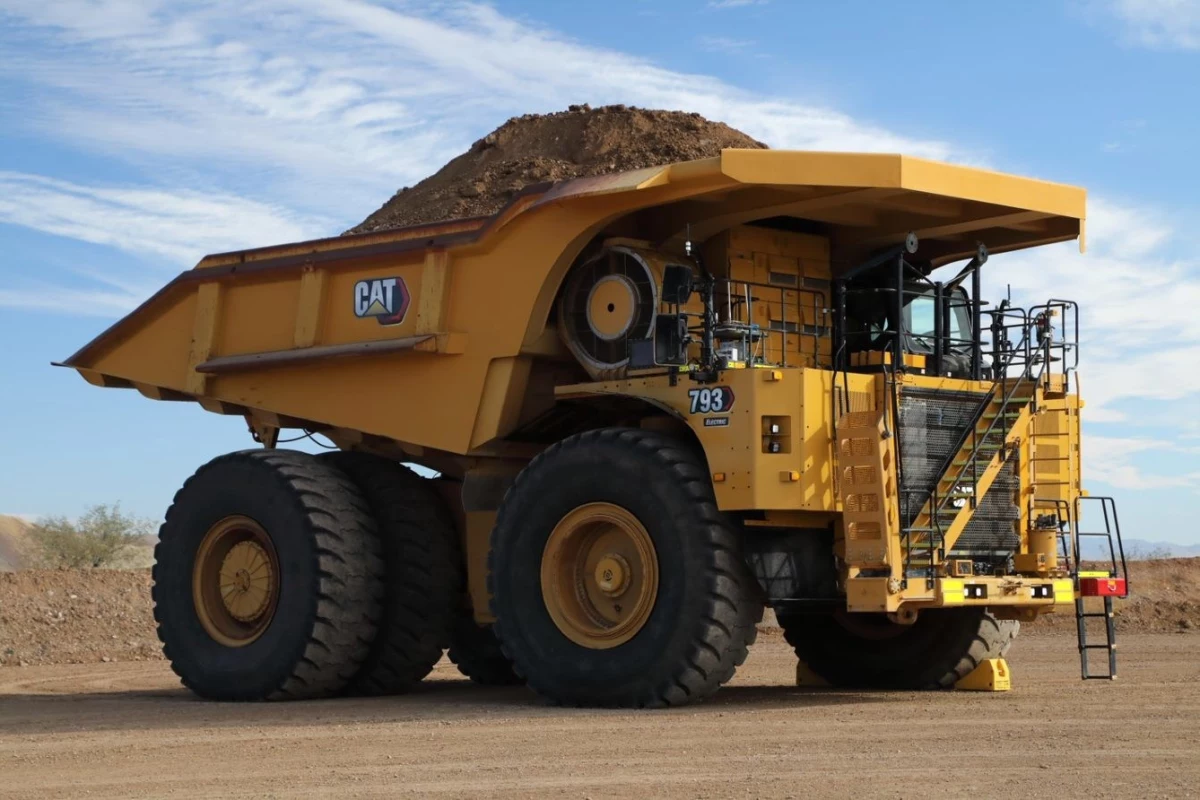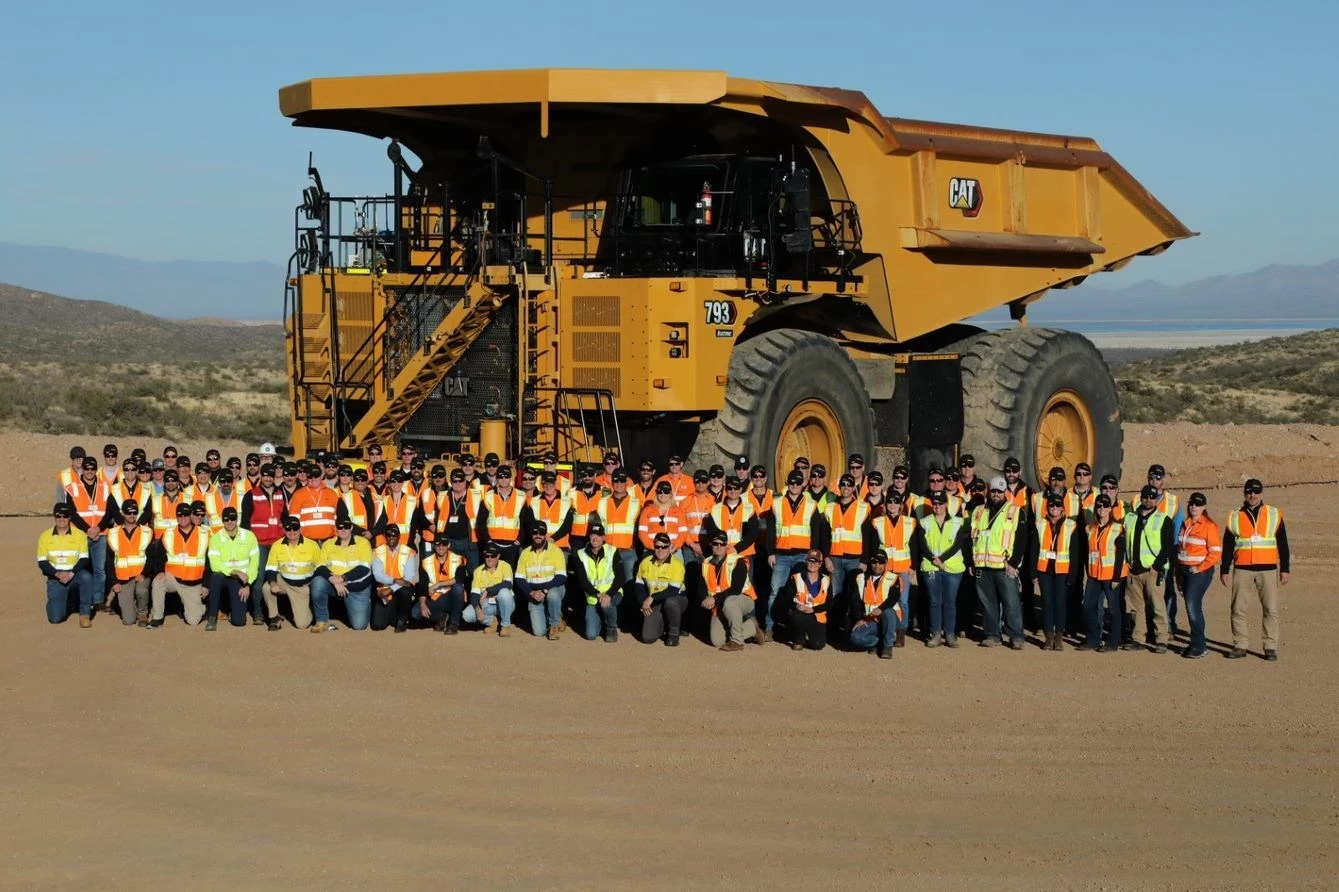Heavy duty construction machinery producer Caterpillar has built and demonstrated an electric version of its monstrous 2,650-horsepower mining truck, aimed at helping the mining industry transition to more sustainable operations.
The 793 Electric has a similar imposing look and gargantuan proportions to the 1,000-kWh effort from Anglo American and Williams Advanced Engineering, though that model was designed with battery-electric and hydrogen-electric variants in mind. The Caterpillar prototype is battery all the way.
The company is not revealing what are likely to be mind-boggling specs at this stage, but we do know that the truck was loaded to capacity – which would be up to 265 US tons assuming it can haul a similar payload to the regular 793 – and driven over a 7-km (4.3-mile) course at Caterpillar's Tucson proving ground in Green Valley, Arizona, which is where it was built.
It's reported to have rumbled up to a top speed of 60 km/h (37.3 mph), tackled a 10% gradient for one kilometer (0.62 miles) at 12 km/h (7.5 mph) and then used the 10% downhill jaunt to recoup some energy for its unspecified battery pack. At the end of the course, Caterpillar reports that enough charge remained for more complete cycles if needed.

Watching the demonstration were customers from the company's Early Leaner program, which was launched last year to speed up development and deployment of Caterpillar's battery electric trucks to help clients meet their emissions targets. Companies in the program that have committed to embracing electric vehicles include BHP, Freeport-McMoRan, Newmont Corporation, Rio Tinto and Teck Resources Limited.
"Our global team came together to develop this battery truck at an accelerated pace to help our customers meet their sustainability commitments," said Caterpillar's Resource Industries Group President, Denise Johnson. "This demonstration is a significant milestone, and we are excited for these trucks to get to work at customers’ sites around the world in the near future."
Other than announcing a "significant investment" to install renewable energy technologies at the proving ground for the creation of a testbed for the sustainable mine of the future, Caterpillar is remaining tight-lipped on the finer details of the mammoth 793 Electric mining truck prototype. But you can see it in action in the video below.
Source: Caterpillar





